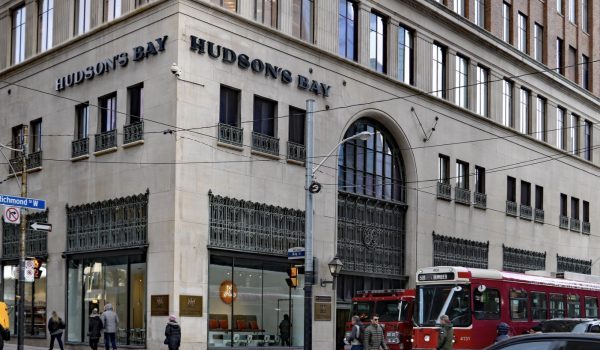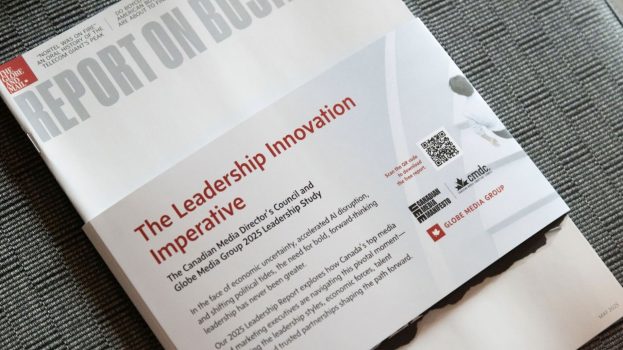The coupon wars being waged in the u.s. likely won’t cross the border, insiders say – but that doesn’t mean Canadian couponing isn’t undergoing a metamorphosis of its own.
In a bold move, Kraft’s u.s. parent decided last month to distribute a universal coupon worth $1.50 off any two products in the Kraft cereal line, prompting some to speculate that the packaged goods manufacturer’s Canadian arm might follow suit. Kraft Canada won’t dicuss coupon strategy.
‘I’m kind of surprised by what Kraft (u.s.) is doing,’ says Derek DeGrace, vice-president of marketing and client services at NCH Promotional Services in Markham, a coupon clearinghouse.
‘It’s not something we see a lot of in Canada.’
Other than goodwill coupons, hinged to a customer complaint, coupons tend to be very specific in Canada because that’s the only way companies can be assured that they’re influencing the user’s purchasing decision, says DeGrace. Even product size is rarely left to chance, he adds.
One of the things changing in the Canadian coupon industry, says DeGrace, is where they are distributed.
For years, retailer-initiated flyers were a popular coupon delivery vehicle, but they are now being replaced by a lot of activity in-store, such as shopper loyalty cards, in-store demos, and shelf coupons.
In fact, nch estimates that retailer-initiated coupons will record a drop of 36% from 14 billion to 9 billion this year over last, while direct-to-consumer couponing rises in popularity (see chart).
Another note of interest – and an area in which Canada is following the u.s. lead in couponing – is that manufacturer-initiated free standing inserts (fsis), such as Shop ‘n’ Save and Coupon Clipper, climbed 4% in 1995 from a year earlier to represent 50% of all coupons distributed directly to consumers.
This trend has been evident in the u.s. for years – with fsis representing more than 80% of all coupons distributed there.
DeGrace says Canada has lagged behind for the simple reason that retailers here preferred their own flyers.
While DeGrace hasn’t really seen a change in face values, he has noticed a dramatic drop in lifespan.
Prior to his joining the company 10 years ago, coupons were good forever, he says. Now the average expiry is set at 250 days, says DeGrace.
This is due in part to the rising popularity of on-shelf coupons which consumers can cash in immediately. Obviously, however, shorter lifespan is only relevant for products with a quick turnover in the kitchen cabinet.
You don’t want to put a tight expiry date on rice, for example, since its shelf life is quite long, says DeGrace.
There has been a shift of late with some brands attempting to move away from couponing. Procter & Gamble in the u.s., for example, has made it clear it would like to abandon couponing altogether and has tested this zero-coupons philosophy in several markets.
It’s too early to judge the effectiveness of the no-coupons practice in the u.s. test markets, says Rob Fichtner, manager of public affairs for p&g’s Canadian office in Toronto. However, he says, the situation in Canada is quite different.
Canadian consumers have never been as keen on coupons as u.s. consumers, so there’s never been the need for an abrupt change of couponing strategy here, he says.
Instead, p&g Canada has taken things gradually, he says. ‘We decided several years ago to reduce couponing in Canada because we didn’t particularly find them efficient,’ says Fichtner. In fact, he says that most p&g brands no longer use coupons.
‘What people should be looking at is how often it’s successful,’ argues nch’s DeGrace. A mere 2% redemption rate translates into the movement of a quarter-billion products last year in Canada alone, he says.
Coupons Distributed in Billions
1993 1994 1995 1996
Direct-to-Consumer 3.08 3.3 3.1 3.5
Retailer Initiated 15.7 12.0 14.0 9.0
Total 19.5 15.3 17.1 12.5























